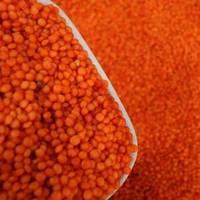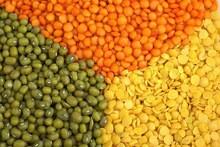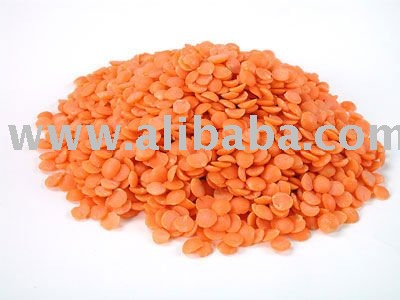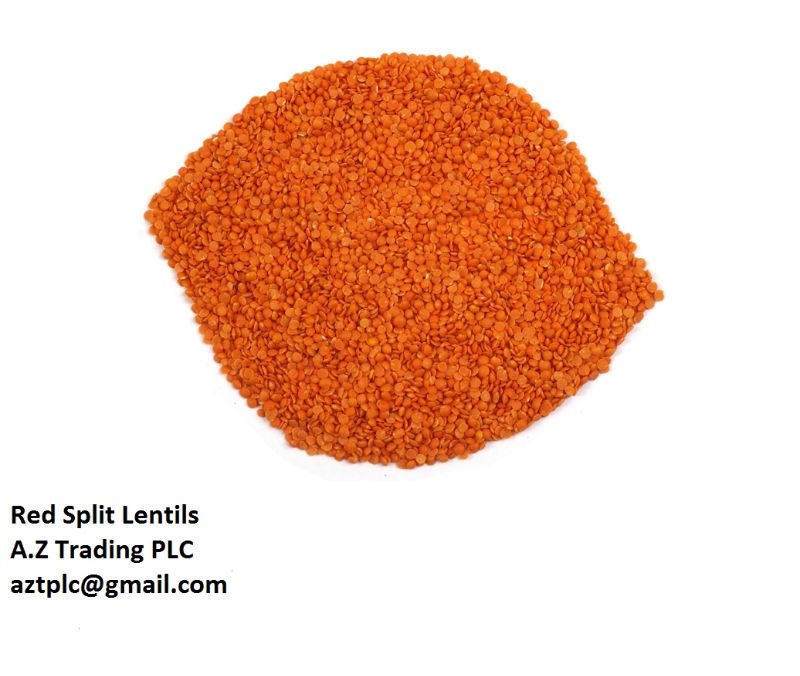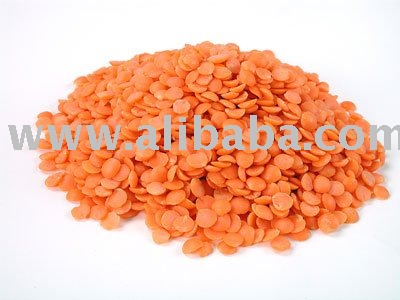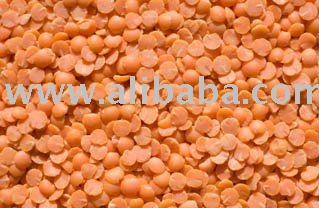The lentil is a plant in the fabaceous family. It is cultivated in order to obtain seeds of a lens shape that grow in its seed pods. A plant can reach 40 cm in height.
There are about 10 major varieties of lentils. Although they are all similar in taste, they differ in color, and also have various useful properties. Like other varieties, whole red lentils have a pleasant nutty flavor. Their unusually bright color adds an eye-pleasing decorative element to dishes. It is used to make delicious soups, purees, vegetable stews, salads, and casseroles.
Whole red lentils are one of the cleanest and safest products. Even if it were grown in the contaminated area, it tends not to accumulate nitrates, toxic elements, and radionuclides.
Whole red lentils contain a lot of protein and fiber, which quickly saturate the body, eliminating the feeling of hunger. Therefore, lentils are often a staple of those trying to lose weight. Research has shown that whole red lentils contain almost all of the elements necessary for normal human activity. They contain a large amount of easily digestible natural proteins, which are especially important for vegetarians and non-meat eaters.
This is by far the most common variety of lentil, and probably the one that you see at your local grocery store. They can range in color from khaki-brown to dark black, and generally have a mild, earthy flavor. They cook in about 20 to 30 minutes and hold their shape very well. Common varieties are Spanish Brown, German Brown, or Indian Brown. The blackest and tiniest lentils you find are usually Beluga lentils, which have a rich and deeply earthy flavor.


